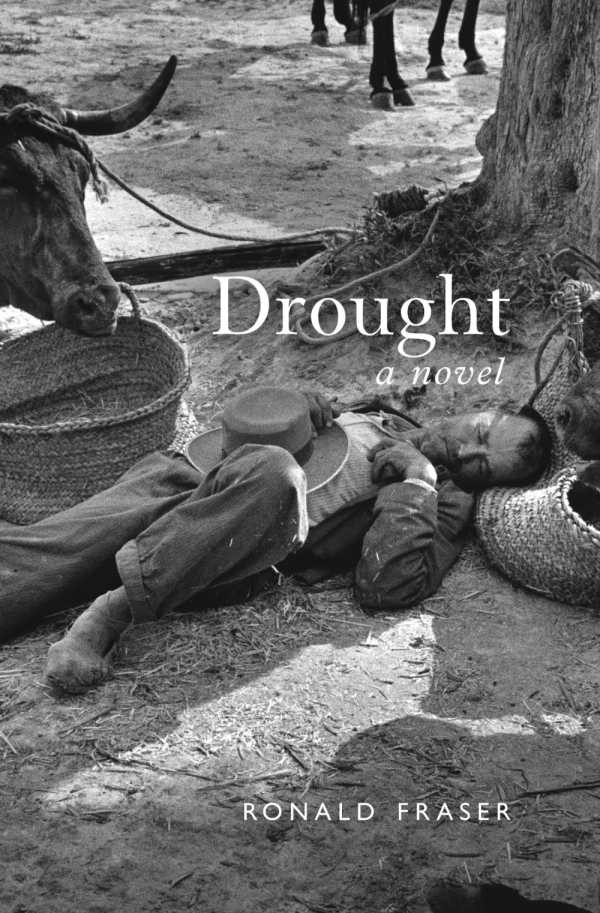Drought
Through the narrator’s oral history, this novel examines the forces that cause a young sharecropper to take his own life.
Drought, a novel by Ronald Fraser, revolves around the suicide of a young sharecropper living in rural Spain during the mid-1950s. The book peels away the layers of a life caught between tradition and progress, between personal ambition and family, and illustrates the difficulty in understanding a person’s actions.
John, a burned-out British journalist, has come to the Andalusian village of Benalamar to recuperate. He plans to conduct a written self-examination in hopes of curing his flu-like symptoms. But when Miguel, one of the most successful of the local farmers, commits suicide, John turns his gaze outward, determined to tell Miguel’s story. As he interviews Miguel’s family and friends, fingers point in multiple directions. Is the drought to blame? What about the new dam that has threatened the status quo? Is the landowner who took fifty percent of Miguel’s profits at fault, or did Miguel despair after a fight with his fiancée? The area is just beginning to recover after years of civil war. How much of Miguel’s story can be explained by history, and how much is due to the arrival of foreigners who are driving up land prices and challenging traditional values? Finally, how much is John himself to blame?
Ronald Fraser, who died in 2012, was a British historian known for his pioneering oral histories, including Blood of Spain, about the Spanish civil war. In Drought, he has lent his oral history methods to his narrator. John looks at the villagers in the square and sees “each with his own history within him, unspoken, silenced perhaps. That old man standing against the wall had lived through a revolution and civil war, barbarous shootings, hunger years: what did he, who would never appear in history books, have to tell?”
The book picks up speed when it turns to Miguel’s story. In the end, the narrator questions his own work. Is it possible to ever understand anyone completely? Can imagination and empathy create an accurate portrait of a person’s life, perhaps more accurate than the person’s own story? In this posthumously published book, Fraser uses fiction to provide a portrait of the forgotten.
Reviewed by
Karen Ackland
Disclosure: This article is not an endorsement, but a review. The publisher of this book provided free copies of the book to have their book reviewed by a professional reviewer. No fee was paid by the publisher for this review. Foreword Reviews only recommends books that we love. Foreword Magazine, Inc. is disclosing this in accordance with the Federal Trade Commission’s 16 CFR, Part 255.

